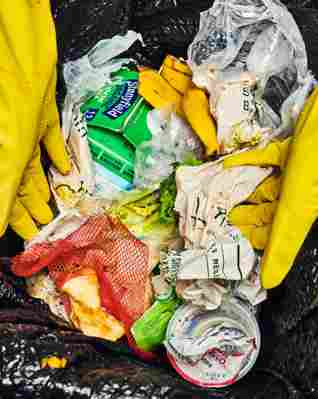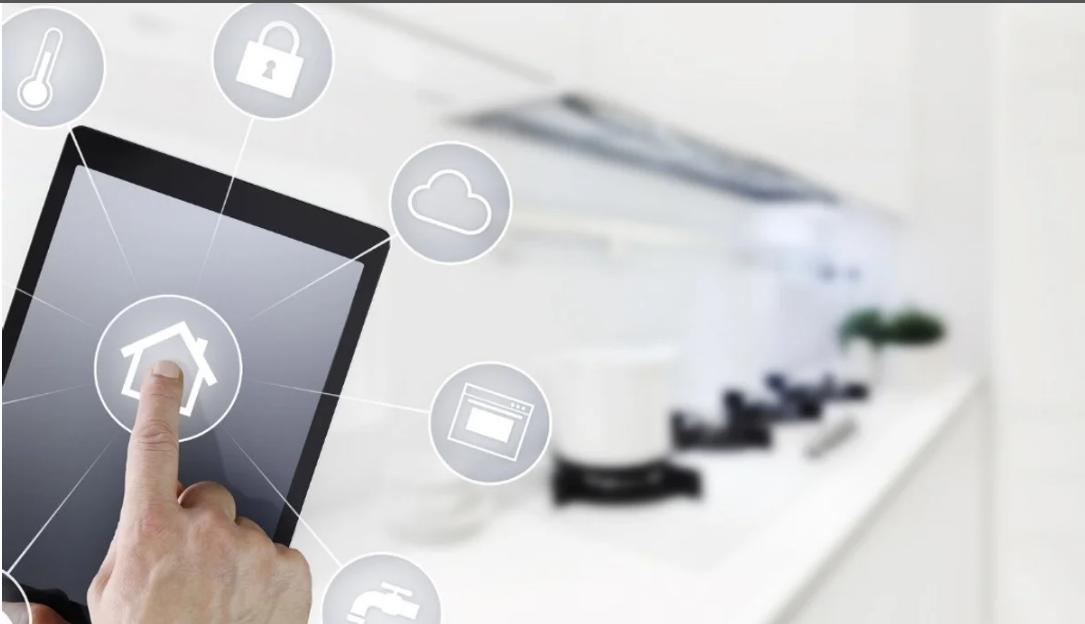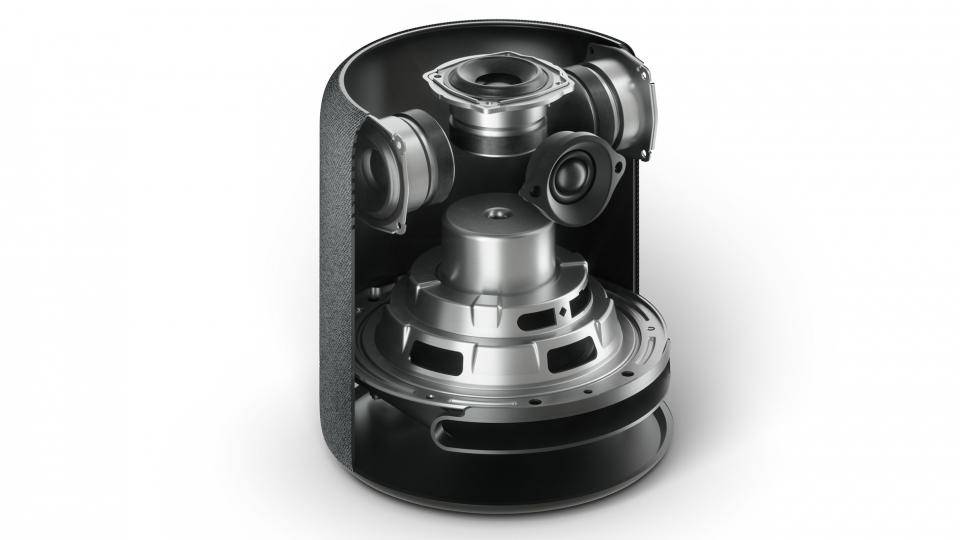
So here you are reading about why you should dig through your own garbage. The first step is acknowledging that, sure, this is a little strange. But you can’t really start to practice sustainability until you have an understanding of what goes to waste in your household most often.
In my book, “ A Pocket Guide to Sustainable Food Shopping ,” one of the first things I recommend to readers who want to be more eco-conscious is to perform a waste audit , which is when you go through your own trash and document what you see for a set period of time — a week is good, a whole month is even better.
When you can look at a whole bag’s worth of waste at once, you’ll start to notice themes and patterns. Maybe you’ll see that you throw out a lot of rotting lettuce. Many people are guilty of buying aspirational lettuce, which I’ve decided is a term to describe the act of purchasing more vegetables than you actually end up eating. You have every intention of making a salad for weekday lunches, but then life gets in the way.
If you’re nodding your head at the concept of aspirational lettuce, know that it’s certainly not just you. Produce is one of the most wasted food items in the U.S. This fact alone isn’t so great; when people toss food in the garbage, it most often ends up in the landfill, where it does not naturally decompose . Instead, because the produce doesn’t have enough exposure to oxygen, it becomes trapped and releases methane, a harmful greenhouse gas that contributes to the warming of the planet.
But, hey — before you let yourself feel guilty or defeated, know that there are plenty of ways to prevent this from happening. And starting now is way better than never starting at all, no matter how many heads of lettuce you’ve wasted in your lifetime.

How to Do Your Own Waste Audit
Waste auditing is the practice of going through and documenting what’s in your trash for a period of time (a week is great, a month is even better). The best time to do this is right before you’re ready to take the garbage out and replace it with a new bag.
When you’re ready, you’ll start by taking every item out of your filled garbage bag and putting it into a new one (feel free to wear gloves if that’s appealing to you). Remove one item at a time, then log that item in a notebook, a spreadsheet, or even in your phone’s notes app — just make it somewhere you’ll be able to access again. It might be helpful to enlist a partner to help, so one of you can write while the other transfers the trash from one bag to the other. (It seems that kids are especially interested in going through the garbage and can make the whole process a little more fun.)
You’ll note everything you take from the filled bag — everything from plastic seals to coffee grinds to useless mail coupons to carrot peels to plastic utensils.
Once you’ve documented everything, feel free to take out the new, full bag of trash. You can reuse the now-empty garbage bag as a fresh bin liner to collect new trash.
Continue this process each time the garbage fills up — documenting for longer will give you a better idea of what your household’s patterns are.
Reviewing Your Waste Audit
Once you’ve documented your trash for a few weeks, you’re ready to make some smart decisions based on your findings.
Take a look at your notes — you might even compile your findings into another list, with tally marks next to each item that appears more than once (for example: if you found four heads of lettuce in your trash over the month, you can have four marks next to “lettuce” to simplify the list and see what you’re wasting the most.)
How you decide to decrease your waste may be different than what works for another family, and that’s entirely the point.
Example 1: Your audit revealed a pattern of food waste.
So let’s continue with the lettuce example. Maybe you’ve noticed that you toss about one head of lettuce per week. If this is the case, you’ve got plenty of options to cut back on this waste. Here are five different steps you could consider:
Whichever technique you choose, it’ll be important to gauge how much lettuce you continue to waste in the future. You could just make a mental note of the practice, or schedule another waste audit a few months down the line as you implement these changes into your routine. You may need to reassess and choose a different technique.
Example 2: You noticed a whole lot of one specific type of trash.
The steps you’ll take to reduce your waste will be different for every item on your list. This may sound like a lot of work in theory, but it’s actually designed to be most convenient for you. For example, let’s say you find that small yogurt cups are crowding your garbage bags every week. The steps you might take next could include one of the following:
For everything else, here are some other approaches that might work…
As you can see, there are plenty of different ways to take action once you’ve performed a waste audit. But while there’s no prescriptive method to wasting less, there are some general guidelines that tend to work when it comes to reducing the number of items in your trash:
Something critical to know before you get started: You can’t and won’t be perfect in your journey toward wasting less. Sometimes you’ll have to throw something away or use a plastic bag. And when that happens, you’ll do better the next time. Rather than taking note of all the times you fail to be an eco-warrior, do more to document your wins. This kind of positive reinforcement will encourage you to continue making better choices for the environment.









